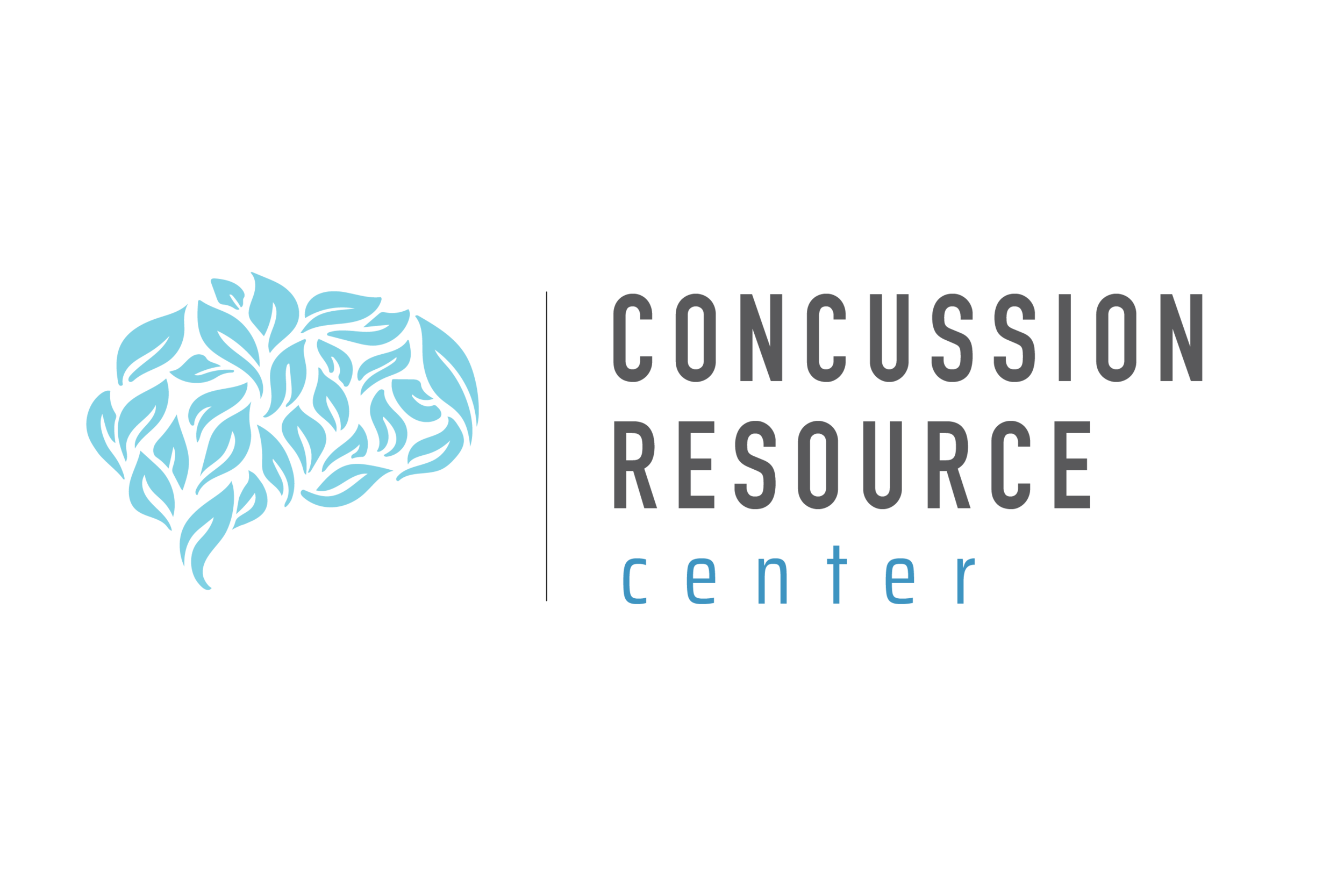Vision Therapy & Concussion
What is Post Traumatic Vision Syndrome?
Concussion can affect the body in many ways, including the eyes. Diagnosis of vision problems and referral for treatment following concussion is very important, but unfortunately commonly missed. Post Traumatic Vision Syndrome describes any change to the function or processing of the eyes and vision caused by a concussion or TBI. PTVS can lead to changes in visual acuity, light sensitivity, headaches, focusing, depth perception, visual tracking, reading ability, visual memory, visual comprehension, visual spatial processing, eye alignment, and so much more. 50% of the brain’s cortex is devoted to vision and visual processing alone, which means a lot can go wrong following a concussion.
What is Vision Therapy for PTVS?
Vision therapy is a set of exercises prescribed by a neuro-optometrist and carried out by a vision therapist including exercises to improve the function of the eyes, connection from eyes to brain, and processing of visual information in the brain. Treatment is personalized by the doctor and therapist to best fit the needs and goals of the person. Treatment can range from 8 weeks to 24+ depending on the need of the person and their progress, though most fall into the 8-16 week category. Vision therapy is typically 1-2x/week in-office sessions with daily home reinforcement.
The following are types of exercises used in vision therapy:
Monocular (one eye at a time) exercises to equalize the focusing, pointing, and tracking of the eyes
Bi-ocular exercises (both eyes being used but in a separate space/way) to balance the brain’s use and spatial perception of each eye
Binocular (both eyes together) to enhance movements together, focusing together, and depth perception/3D vision
Visual processing exercises to enhance visual memory, peripheral awareness, speed of visual processing, comprehension of visual information, visual motor integration, and so much more
Motion and light sensitivity training
Syntonic light therapy (may be prescribed on its own without in-office vision therapy)
What are some symptoms of PTVS following a concussion that Vision therapy can help with?
Blur when looking at near
Double vision, especially when tired
Headaches or dizziness after using eyes
Words appear to run together when reading
Clarity of vision changes or fluctuates throughout the day
Slow reading/skips & repeats lines when reading or fatigue with reading
Head tilts or one eye is closed/covered to focus or when reading
Print moves in and out of focus when reading
Feeling “pulling” around eyes
Outdoor light or indoor light is too bright - needs to use sunglasses
Lack of confidence when walking/missing steps/stumbling
Side vision distorted/objects move or change position
Poor attention span with visual tasks
Avoids crowds/cannot tolerate “visually busy” places
Poor eye/hand coordination or poor handwriting
Does not judge distances accurately
Loses belongings and things, forgetful/poor memory
Car or motion sickness
This sounds like me! What do I do?
Make an appointment with your routine eye care provider and ask if they can test you for post trauma vision syndrome or refer you to a neuro optometrist in your area who can. Before being assessed for the need for vision therapy, your eye doctor will want to ensure your eyes are healthy and you have an updated glasses or contact lens prescription. Not every optometry clinic provides vision therapy and vision rehabilitation services – you may have to travel to a nearby city. The College of Optometrists in Vision Development (COVD) is the national organization of neuro optometrists and has a handy “locate a doctor” tool on their website, find it here:
https://locate.covd.org/
